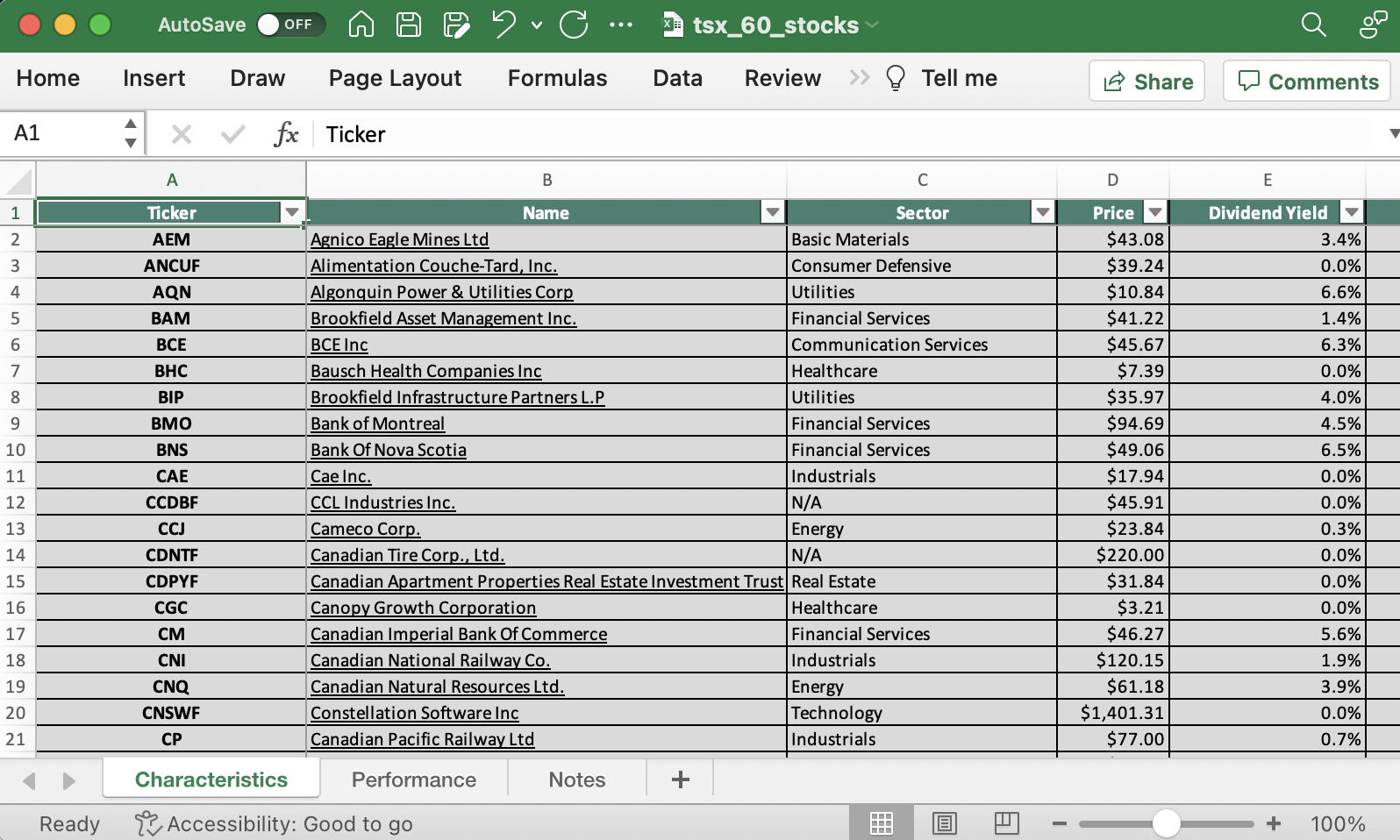The Role of Low Volatility Strategies in Investment Portfolios
Low volatility equity strategies appeal to investors for many reasons. First, they help keep our portfolios invested in equities during periods of market turmoil. Second, when well-constructed, they often exhibit higher risk-adjusted returns than their higher volatility counterparts.
While general surveys of low volatility strategies show that they do indeed shield investors from market-driven risk, what is frequently overlooked is that these same strategies can be insufficiently diversified or risk controlled. To that end, we will examine the critical components of an effective low volatility portfolio construction process. These elements enable the construction of low volatility portfolios with more diversification and significantly better risk-adjusted returns than the standard low volatility strategy.
Low Volatility Strategies: Three Potential Drawbacks
Low volatility stocks can deliver a premium over the longer term. And while they may provide both volatility reduction and capital protection in bear markets relative to cap-weighted indices, not all low volatility strategies accomplish this to the same degree. Indeed, many commercially available low volatility strategies suffer from common drawbacks.
1. A Lack of Diversification
Inverse volatility and minimum variance optimization are two common methodologies in low volatility strategies. In inverse volatility portfolios, a stock’s portfolio weight is proportional to its risk. Such portfolios penalize high volatility stocks and reward their low volatility counterparts. They can also be highly concentrated. The same criticism applies to the minimum variance optimization technique, which, without various constraints, can also unduly overweight the portfolio in one or more stocks.
2. Negative Exposure to Other Rewarded Factors
Value, Momentum, High Profitability, and Low Investment, in particular, are among the factors that have rewarded investors over the years, but low volatility strategies can underweight such factors and constitute a drag on the long-term risk adjusted performance.
3. Excess Risk through Sector and Regional Exposures
Low volatility portfolios may have persistent sector or regional exposures that can open them up to undo macroeconomic risks.
A Better Way to Build Low Volatility Portfolios
There are several remedies to these diversification- and risk-related challenges in low volatility portfolios. To address the excess weighting issue, we can build more diversified low volatility portfolios by selecting weights based on several optimization frameworks and introducing robust weight constraints. Every model has parameter estimation risks due to its particular architecture. By averaging across multiple models, we can reduce much of the model risk that comes with relying on a single framework. In addition, without a considerable amount of at times ad hoc constraints, such as min-max weights on stocks or sectors, a given model may produce overly concentrated or otherwise insufficiently diversified portfolios. To address this issue, we use so-called norm weight constraints that avoid concentration better than ad-hoc, sample-dependent constraints. (We also employ principal component analysis — PCA, a statistical technique — to de-noise the covariance matrices with which we construct our portfolios.)
Another way to address diversification in a low volatility strategy is to increase a portfolio’s factor intensity. This measure, when applied to a single stock, is simply the sum of individual factor exposures, or betas, in a portfolio. So, if we are selecting stocks for a low volatility portfolio, we prefer those with high exposure to the low volatility factor, but we also want to filter out stocks with significant negative exposure to other rewarded factors. By implementing such filtering, our low volatility stocks will have, to the maximum degree possible, positive exposure to Value, Momentum, and other rewarded factors. As a result, in environments where the low volatility factor is underperforming, the other factors may be able to “pick up the slack” and shield the portfolio from some of the damage that the portfolio might incur without such filtering.

Every rewarded equity factor has exposure to macroeconomic factors. Which factor loads on the most macroeconomic risk will depend, of course, on the macroeconomic environment, or regime. Country- or region-specific drivers explain much of a portfolio’s macro risk, so we can mitigate that risk by constructing portfolios that are geographically neutral relative to a cap-weighted benchmark. Because macro risks are also often sector driven, selecting low volatility stocks within sectors can mitigate macro risk. Sectors are important considerations since low volatility strategies can overweight specific sectors, such as Utilities, that are sensitive to interest rate and other forms of risk.
In terms of empirical results, the exhibit below shows that a low volatility portfolio with factor intensity filters delivers a significant risk-adjusted return compared with both cap-weighted and standard low volatility indexes. This holds for both US and Developed Markets low volatility strategies.
Low Volatility Equity Strategy Performance and Risk Measures
US Statistics
Developed Market Statistics
The process described above results in significantly higher factor intensities for both US and Developed Market portfolios, as the following charts demonstrate.
Factor Intensity in Low Volatility Equity Strategies
US Factor Intensities
Developed Market Factor Intensities
This approach also reduces macro exposures across geographies as the tables below indicate.
Macro Exposures in Low Volatility Strategies
US Exposures
Developed Market Exposures

Conclusion
Low volatility equity portfolios can be valuable additions to investor portfolios. They allow asset owners to stay invested in equities even amid market turmoil. Nevertheless, not all low volatility strategies are created equal. Many lack the diversification and risk control needed to guard against concentration and macro risk.
To that end, the investment process outlined here applies various measures to ensure the requisite level of risk control. Of the two techniques highlighted, the first mitigates concentration risk through model averaging, and the second applies a filter to weed out low factor intensity stocks.
By deploying these two methods, while looking out for regional and sectoral risk, we can boost diversification and reduce risks in the portfolio through different market and macro environments relative to standard low volatility benchmarks.
If you liked this post, don’t forget to subscribe to Enterprising Investor and the CFA Institute Research and Policy Center.
All posts are the opinion of the author. As such, they should not be construed as investment advice, nor do the opinions expressed necessarily reflect the views of CFA Institute or the author’s employer.
Image credit: ©Getty Images / SimpleImages
Professional Learning for CFA Institute Members
CFA Institute members are empowered to self-determine and self-report professional learning (PL) credits earned, including content on Enterprising Investor. Members can record credits easily using their online PL tracker.





























